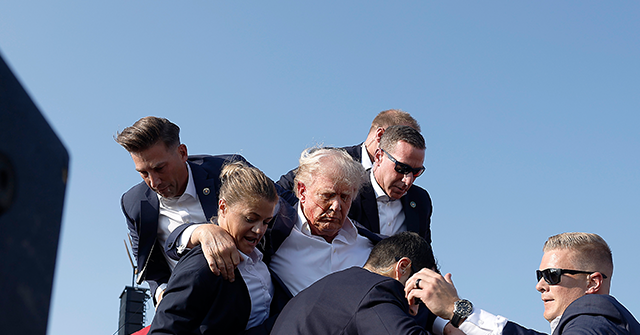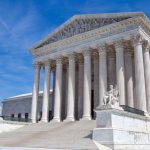The near-assassination of President Donald Trump was the result of numerous, completely preventable failures which nearly cost President Trump his life.
There must be accountability for the United States Secret Service’s failure to protect the President and those attending the rally on July 13, 2024. It cost the life of a devoted husband and father in the audience. The American people have demanded answers, and the victims of that day deserve them.
As Chairman of the Homeland Security and Governmental Affairs Committee, the chief oversight committee of the United States Senate, I have thoroughly investigated the scandalous mistakes that were made before, during, and after the attempted assassination of President Trump, and I have released the findings of this investigation as our nation marks the one-year anniversary of that tragic day in Butler, Pennsylvania.

Sen. Rand Paul (R-KY) questions U.S. Secret Service Acting Director Ronald Rowe during a Senate hearing on July 30, 2024, about the attempted assassination of former President Donald Trump in Butler, Pennsylvania. (ALLISON BAILEY/Getty Images)
If not for a tilt of his head, President Trump may not have survived the failures of those tasked with protecting him. This must be a wakeup call for our country’s top protective agency and how it safeguards our leaders. There will need to be substantial changes within the Secret Service in order to prevent a future tragedy. Congress must now demand accountability and reform, ensuring that the Secret Service corrects each and every mistake that my investigation has uncovered.
To be clear, and what my investigation has confirmed, is that this was not a tactically superior threat outmaneuvering the Secret Service or a single lapse in judgment made in a matter of seconds. This was a systemic failure—a top-to-bottom breakdown that allowed a single gunman, deemed by law enforcement as suspicious, to roam free for nearly 45 minutes, eventually gaining access to a clear line-of-sight on President Trump.
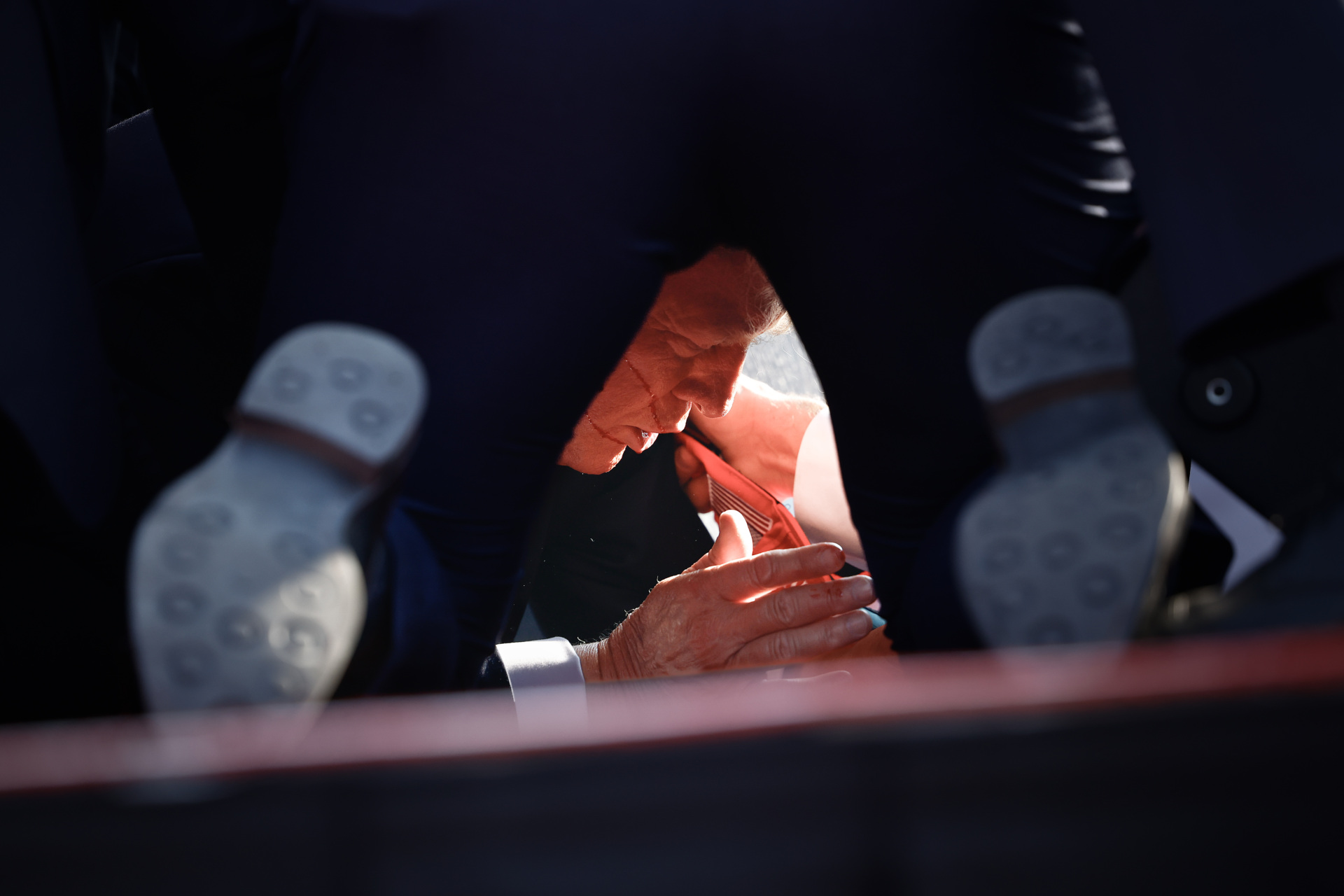
Donald Trump is shielded by Secret Service agents after an assassin’s bullet grazed his head at a campaign rally on July 13, 2024, in Butler, Pennsylvania. (Anna Moneymaker/Getty Images)
Beginning well before the Butler, Pennsylvania, rally, the Secret Service received intelligence on threats against President Trump, who was a protectee as a former president and presidential candidate. In 2022, websites affiliated with the Iranian government posted a video depicting an animated drone strike against President Trump while playing golf at his Mar-a-Lago estate in West Palm Beach, Florida. One day before the Butler, Pennsylvania, rally—July 12, 2024—the Federal Bureau of Investigation (FBI) arrested a Pakistani man with ties to Iran and the Iranian Revolutionary Guard Corps (IRGC), as he tried to leave the United States. According to a Department of Justice (DOJ) filing, he was arrested for his involvement in a murder-for-hire plot against American political officials.
As threats against President Trump increased before the rally, his Secret Service detail made at least 10 requests to the Secret Service Headquarters for additional staff, more assets, and greater resources to protect President Trump as he campaigned, according to documents reviewed during my investigation. These requests were routinely denied or left unfulfilled. These documents also contradict testimony by the then-Director of the Secret Service, who in 2024 testified to the U.S. House Committee on Oversight and Government Reform that no such requests had been denied.
At the same time, the Secret Service lacked any formal process to request or deny assets, and agents had no idea what had happened to their requests for support when they did not receive any answer. Other agents indicated that they simply did not submit requests at all, assuming the Secret Service Headquarters would deny them. Secret Service executives later acknowledged that they had not appreciated the unprecedented nature of protecting someone that was both a former president and a major party candidate.
As detailed in my investigation, at the time of the rally, the Secret Service committed numerous unacceptable errors in planning and execution. As a gunman roamed free, Secret Service agents were not able to coordinate with law enforcement on site because they had chosen not to retrieve radios from state and local law enforcement, opting to communicate via cell phone. Nothing was done to address line-of-sight vulnerabilities that had been identified in advance. The gunman flew a drone at the event site, which is prohibited and should have drawn scrutiny from law enforcement, but counter drone technologies at the site were inoperable at the time, and more advanced tools were denied to the detail.
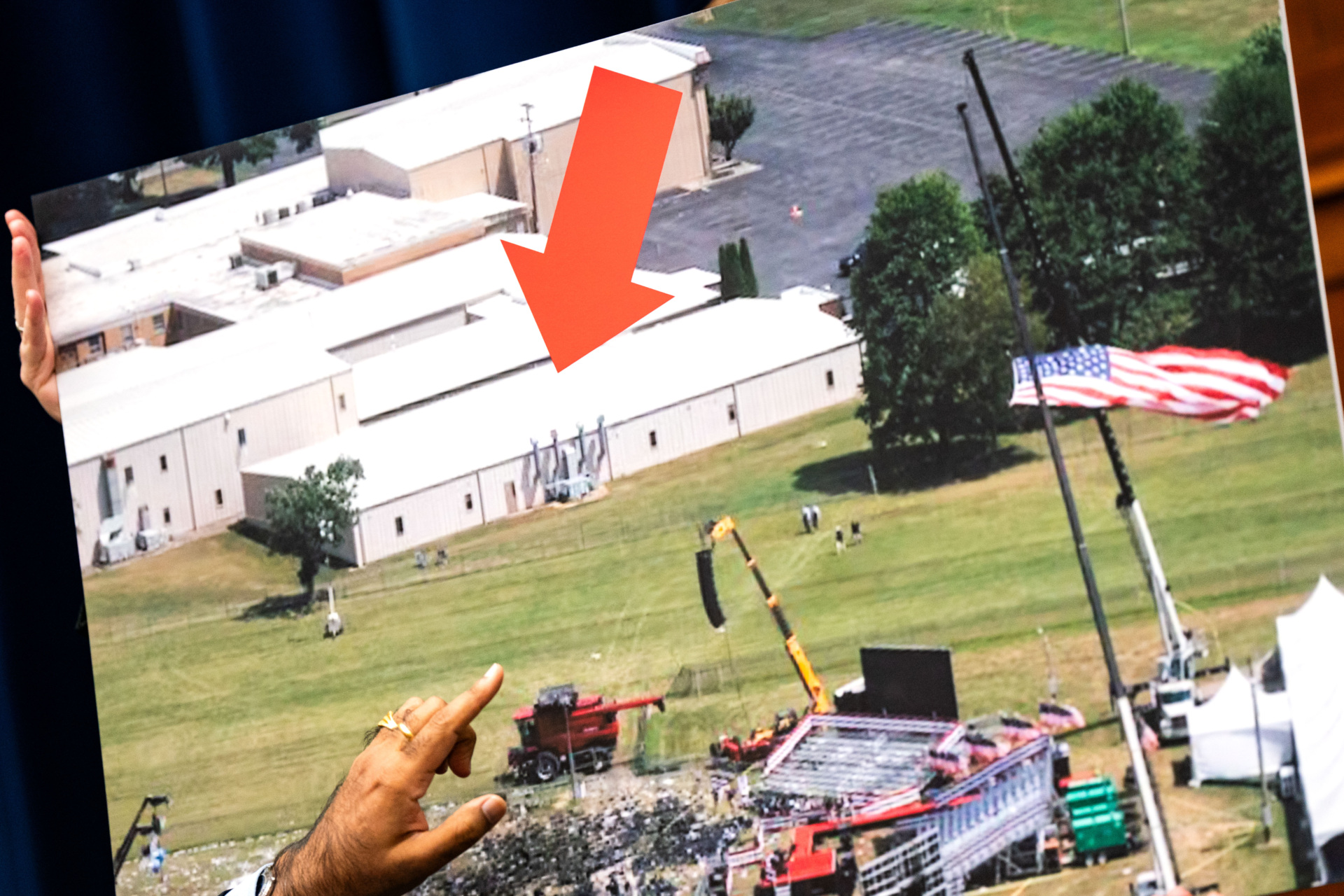
Rep. Kweisi Mfume (D-MD) points to a photograph of the building where Thomas Matthew Crooks fired on former President Donald Trump, during a Congressional hearing with Secret Service Director Kimberly Cheatle on July 22, 2024, in Washington, DC. (Kent Nishimura/Getty Images)
Communication failures were observed throughout the investigation as a significant point of failure. One Secret Service agent, responsible for facilitating communications across the various law enforcement agents at the event, informed my investigation that he had not actually seen the state and local operations plans for the event until the day before his interview with my committee’s investigators—months after the events in Butler.
A Pennsylvania State Police officer stated that they alerted the Secret Service to a suspicious man on the roof, but Secret Service agents could not confirm such a warning. Others relayed a concern to the Secret Service about a suspicious individual with a range finder—information that might have given President Trump’s security detail a chance to keep him from taking the stage, but this information was not shared with President Trump’s security detail.
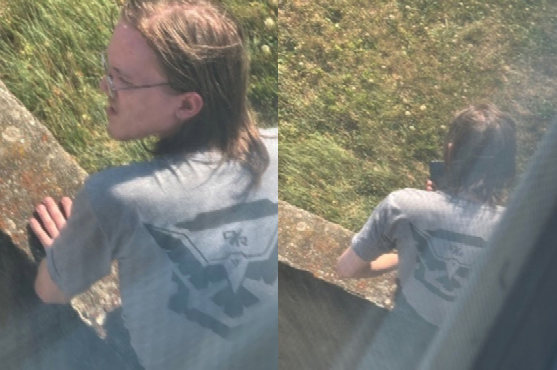
Two photographs of Thomas Matthew Crooks taken shortly before his attempted assassination of Donald Trump at the rally in Butler, Pennsylvania, on July 13, 2024. (U.S. Senate report)

This image provided by the FBI shows Thomas Matthew Crooks’ rifle broken down as was likely done for transport and the backpack recovered at the scene in Butler, Pennsylvania, on July 13, 2024. (FBI via AP)
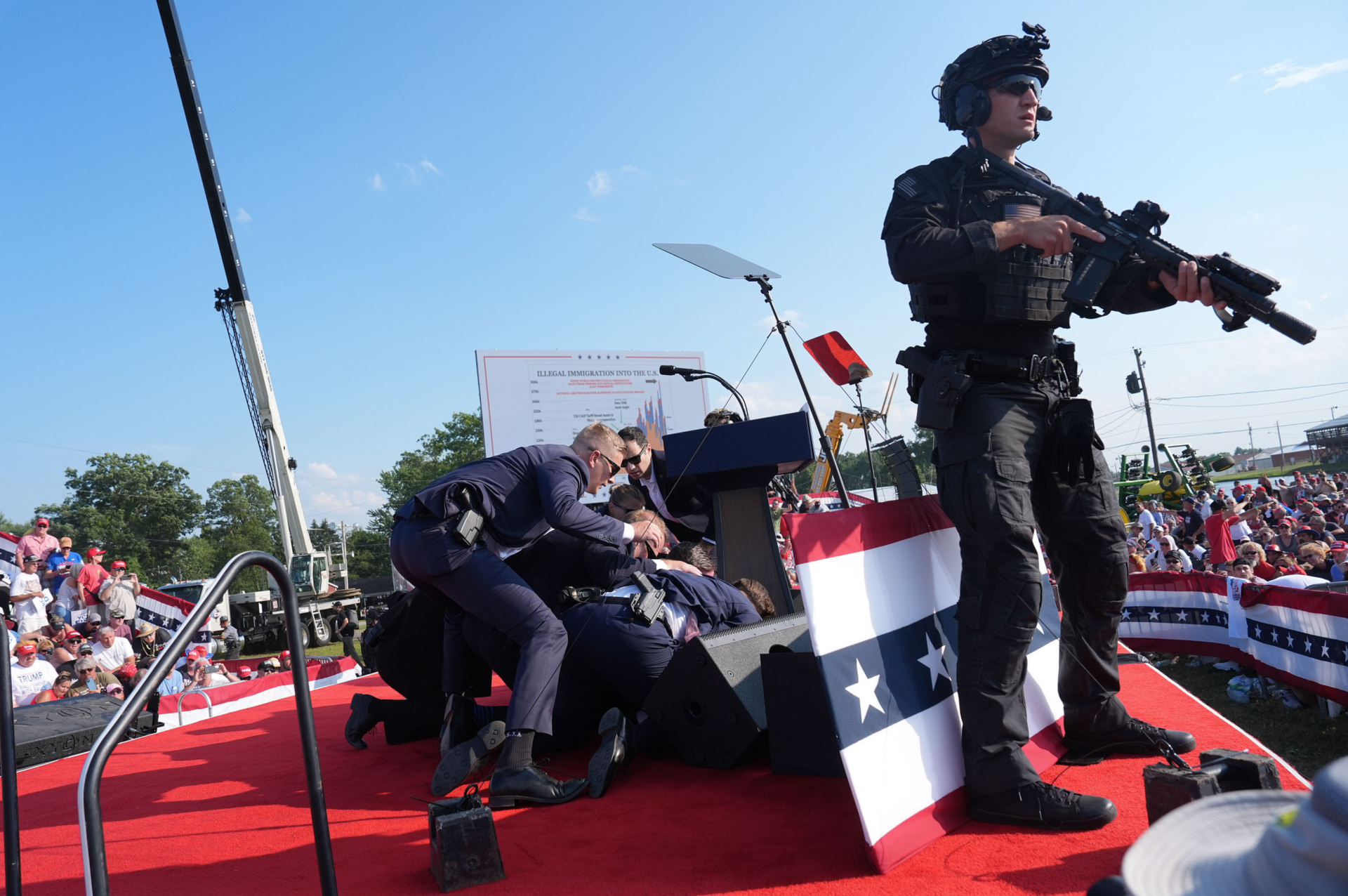
Secret service agents cover former president Donald Trump after an assassin’s bullet grazed his head at a campaign rally in Butler, Pennsylvania, on July 13, 2024. (Jabin Botsford/Getty Images)
Remarkably, not one person from the Secret Service has been fired for these failures. Six employees were subject to disciplinary action, but two of these individuals actually received lighter punishment than recommended. In fact, the Secret Service tried to withhold its disciplinary actions from my investigation, and I had to issue a subpoena to the Secret Service on July 1, 2025, in order to learn what disciplinary actions they had initiated.
Put simply, this can never happen again. The Secret Service’s foremost responsibility is protection, and in Butler, Pennsylvania, they failed miserably. The Secret Service must admit its mistakes, hold accountable those who failed, and institute true reforms that will prevent the communication gaps and lack of strategy. The threats facing our government officials are becoming more frequent, dangerous, and complex. Sloppy planning, poor communication, and improvised execution is far too dangerous in today’s world, and I will continue to investigate, demand accountability, and push for reform because what happened in Butler reminded us so clearly: lives depend on it.
Dr. Rand Paul is a U.S. Senator from Kentucky.

